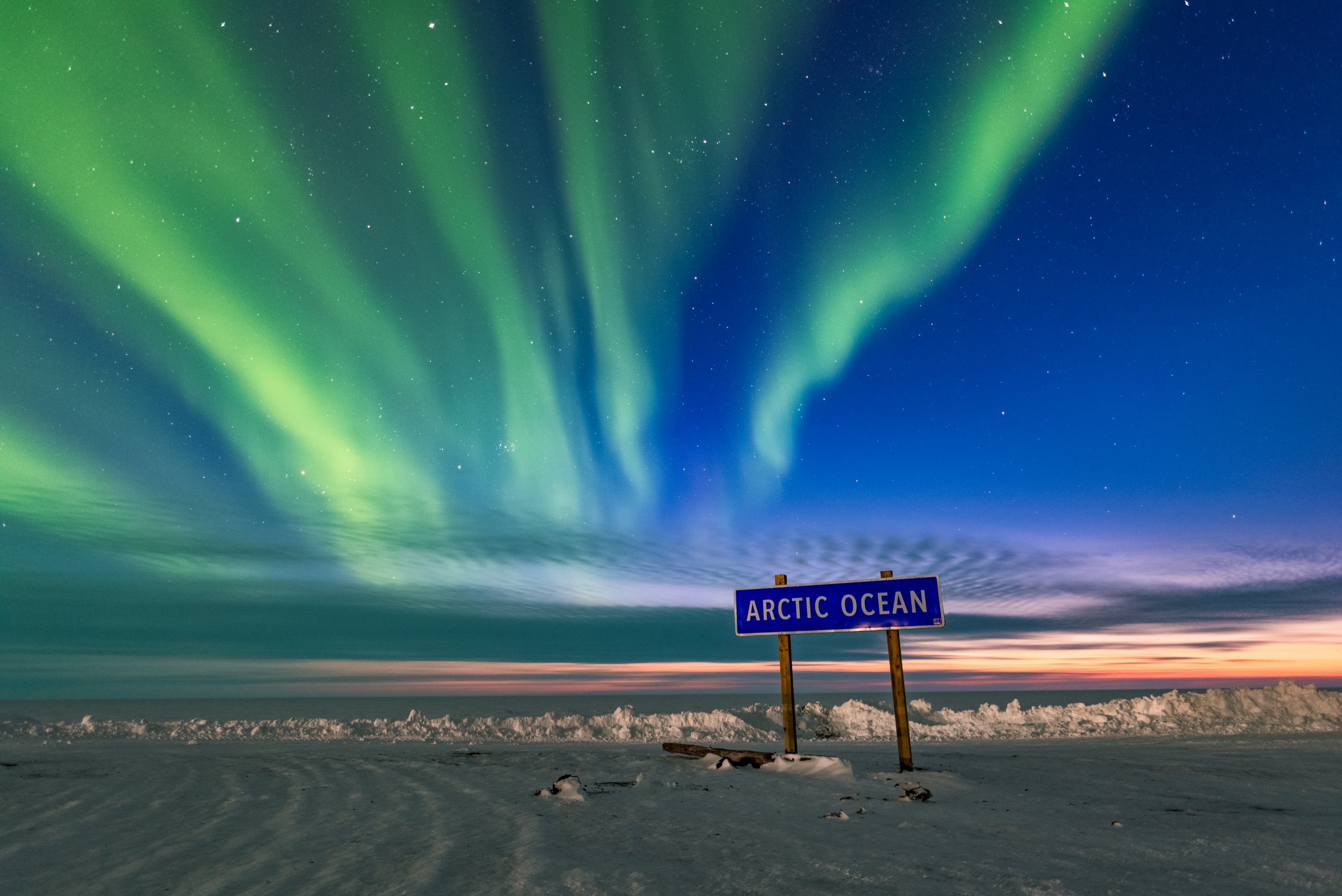
Driving Tips
Plan at least a week for your trip. The most common complaint we hear? “I wish I had left more time to...”
Although the highway can be driven in 12 to 16 hours, we suggest that you plan two days each way, as you’ll see and enjoy more if you are not rushed. Appreciate the vastness of the land, take in some hiking, fishing or photography.
To experience summer conditions, including the midnight sun, plan to embark on your adventure between June and September. September is a good month to view the fall colours. The herds of caribou may be seen either mid-September to late October, or again in March and April.
Read more about Seasons on the Dempster here
Access to Inuvik is possible year-round, except for periods during the spring and fall with break-up (thaw) and freeze-up of the ice at the Peel and Mackenzie River crossings.
For Highway Information & Conditions click here
Ferry Crossing Information click here
For a winter experience, February through April is recommended. Winter is the best time to see the Northern Lights. The road is in good condition, and days start to get longer and brighter again. You will be able to drive the ice roads on the Mackenzie River to Aklavik from mid-December to mid-April, depending on the weather. Traffic will be very light so being prepared and well-equipped is imperative. In the winter, carry a SPOT or satellite phone, shovel, sleeping bag, stove, matches, emergency snacks and of course, dress for cold outdoor temperatures.
Before you set off, you may want to make a quick side trip into the historic Yukon gold mining town of Dawson City. There is much to see and do here, but don’t dally too long as the call of the open highway beckons you. While in Dawson, be sure to visit the Northwest Territories Dempster Delta Visitor Centre, housed in the old British Yukon Navigation Building, conveniently located on Front Street directly across from the Dawson Visitor Centre. Get the latest Dempster road reports, ferry information and current events. Watch a short video on driving the Dempster Highway. Interesting exhibits will give you a sense of the richness of the land and culture of the Western Arctic.
Specialized vehicles are not necessary to drive this well-maintained gravel highway, but services are far apart.
It never hurts to carry extra fluids, spare belts, some basic tools, flare, tow-rope, axe, knife and matches. At any time of the year, have a vehicle that is dependable and well-maintained. Ensure that all of your tires are in good condition, with lots of tread, and have at least one full-sized spare tire in good condition, two if your tire is an unusual size.
Slowing down and pulling over as far as possible when meeting vehicles, especially large trucks, will minimize rock damage to windshields – protect your headlights with plastic or wire mesh covers. Drive with headlights on at all times – it’s the law in the NWT, as is travelling with your seatbelt fastened.
The highway can be dusty in the summer – to minimize dust inside your vehicle keep your windows closed and use your fan, set to defrost with the heat off. You can avoid skidding or sliding on loose road surface by eliminating sudden braking or steering. Although the region is on the whole dry, there remains the possibility of the road being washed out in the mountains from time to time. Carefully observe any highway control signs and markers at such times.
Conditions along the Dempster and on the Beaufort Coast can change quickly at any time of the year, with cold winds and perhaps snow in the mountains even in summer.
A warm jacket, good boots, hat and gloves are useful items to bring along. We suggest you bring clothing that can be layered. Summer travellers should be aware that mosquitoes and black flies can be quite plentiful at certain times and places. Consider equipping yourself with insect repellents and/or protective clothing.
Vehicle rentals are available in Whitehorse, Yukon or Inuvik, NT or Anchorage, Alaska. Don’t forget to take with you any documents you may need to rent a vehicle.




